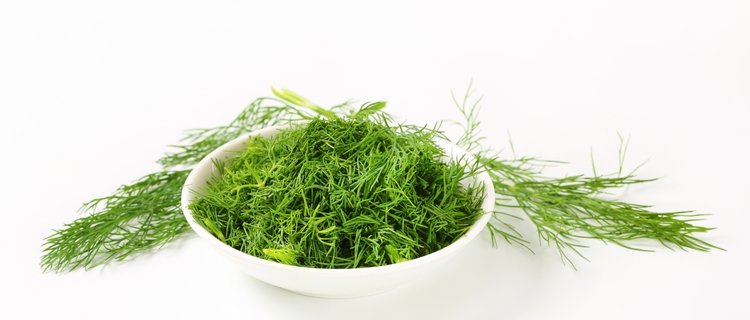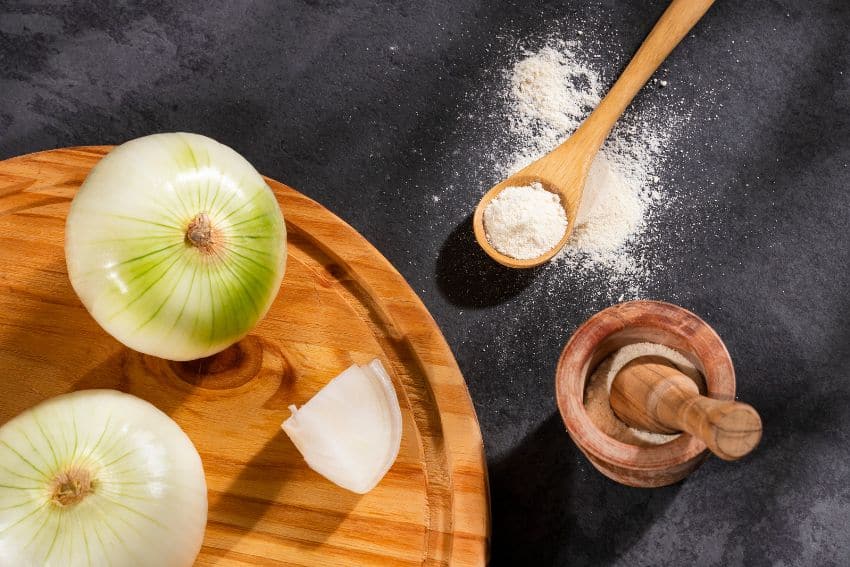Known by different names like Dillisk, Shepu, baby dill, and Dillweed, Dill is a herb that has several culinary uses. In fact, it is one of the most commonly used herbs in European cuisine. The best way to recognize this herb is through its lacy leaves with a fresh, grassy, and slightly bitter taste. Dill weed can be used in various dishes like soups, stews, salads, vegetables, and pickles.
Despite its versatility, it isn’t an easy herb to substitute in a dish, which is why many people put off the recipe altogether. But we can’t give up that easily, right? There are some substitutes for dill weed that may not give you the exact same result but will come very close. Get to know all about these alternatives before including them in your dish with this list.
Outline
11 Easy Substitutes For Dill Weed
1. Fennel
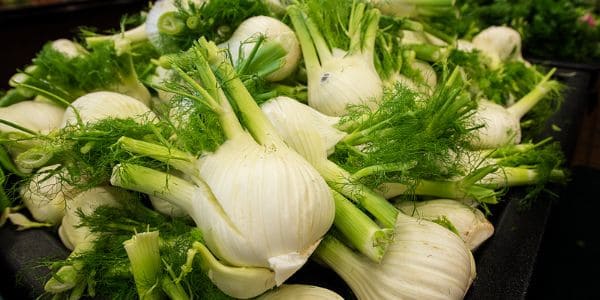
Fennel is a great substitute for dill weed with a sweet and anise-like taste. This celery-like-looking herb can be used in the same way as dill weed and is a common ingredient in Italian cuisine. You can use the fennel stalks, leaves, and even seeds in your dish to get that desired flavor.
The best way to use fennel as a replacement for dill weed is to add it at the beginning of cooking so that its flavor has time to infuse into the dish. Its similar color, texture, and taste all combine together to give a close resemblance to dill weed in almost all the recipes.
How to substitute: One tablespoon of fennel can be used for every tablespoon of dill weed in the recipe.
2. Thyme
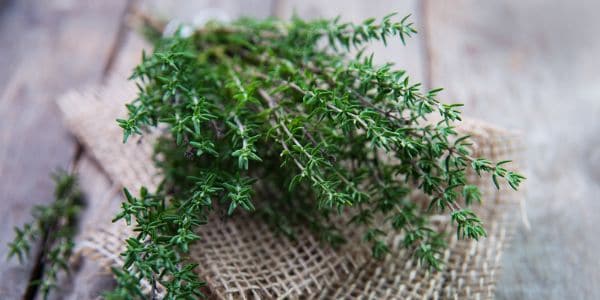
Thyme, also known as winter savory, is a very popular herb used in many different cuisines. It has a strong and pungent taste, thanks to its origin in the mint family, which is why it is generally used in small quantities. This evergreen herb can be found fresh or dried and has many health benefits, one of the reasons all health enthusiasts prefer using this herb over others.
Unlike the dill weed, thyme is used more for its stem rather than its leaves. The best way to use thyme as a dill weed substitute is by crushing the dried leaves and adding them at the end of cooking. Marinades, stews, or roasted vegetables, you can use this herb anywhere!
How to substitute: For every tablespoon of dill weed, use only one teaspoon of thyme as it is pretty strong in taste. Add more only if required.
3. Tarragon
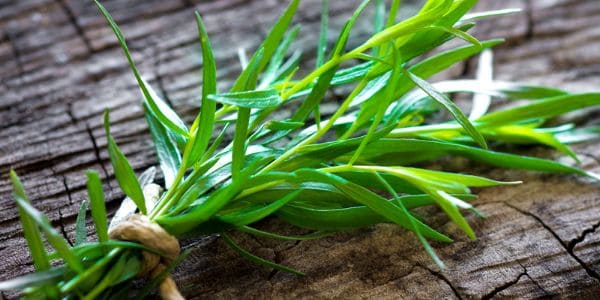
Tarragon is another anise-flavored herb with a slightly sweeter taste than fennel and is commonly used in French cuisine. You can use tarragon in the same way as dill weed, either by adding it at the beginning or end of cooking.
Its long, narrow, and pointy leaves give it a striking resemblance to dill weed, making it one of the best substitutes on this list. Belonging to the sunflower family, this herb has a distinct flavor that can enhance the taste of your dish in no time. It takes well to heat, so cooking it for more extended hours won’t be an issue.
How to substitute: For every tablespoon of dill weed, use one teaspoon of dried tarragon or three teaspoons of fresh tarragon.
4. Parsley
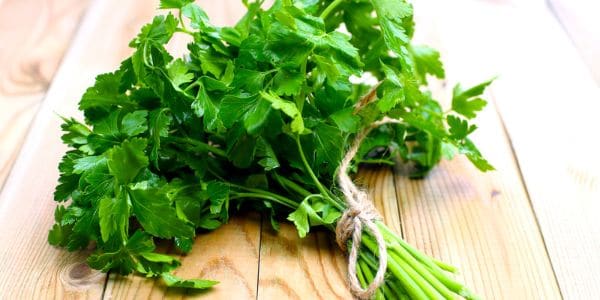
Coming from the Apiaceae family, parsley is an aromatic herb with a milder flavor compared to the other herbs on this list. Both dill and parsley are fresh weeds, making parsley the top alternative when you’re out of dill weeds.
The only difference between both these herbs is that parsley has a slightly grassier flavor. It is also one of the most commonly used herbs in many cuisines and can be found fresh, dried, or even in the form of flakes. Curly-leaf parsley is the best type of parsley to use as a dill weed substitute as it resembles dill the most.
How to substitute: You can use three tablespoons of chopped parsley for every tablespoon of dill weed required in the recipe.
5. Chervil
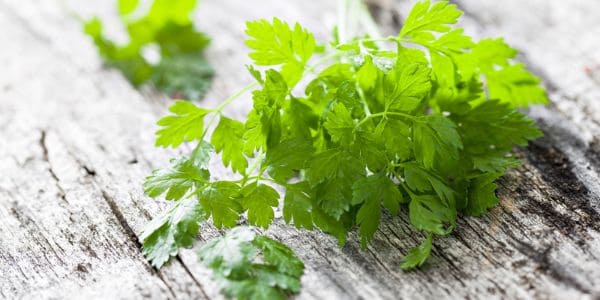
With a flavor as unique as its name, chervil is one of the lesser-known herbs on this list. It has a mild anise-like taste and is a common ingredient in many European cuisines, especially in soups and salads. Like parsley, chervil is also a part of the Apiaceae family and can be used as a dill weed alternative in many recipes.
The only drawback of using this herb is that it doesn’t hold up well to heat and starts to lose its flavor when cooked for long. So, it is advisable to use it only in cold dishes or at the end of cooking. Other than that, its licorice taste substitutes for the dill weed quite well.
How to substitute: You can use one tablespoon of chopped chervil for every tablespoon of dill weed required in the recipe.
6. Rosemary
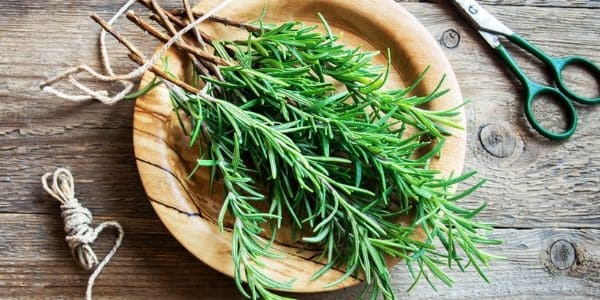
Rosemary is very popular for its woody and pungent taste that can enhance the flavor of any dish in no time. It is also known to be a very versatile herb as it goes well with both vegetarian and non-vegetarian dishes.
Unlike most other herbs, rosemary is quite strong in taste, so it is advisable to use it sparingly. This evergreen herb is a part of the mint family and can be found fresh or dried. It is also one of the few herbs that retain their flavor even when cooked for long hours. However, one thing to keep in mind is that it doesn’t go well with all dishes, so study the recipe well before using it.
How to substitute: You can use one-third teaspoon of dried rosemary or half a tablespoon of fresh rosemary for every tablespoon of dill weed required in the recipe.
7. Cilantro
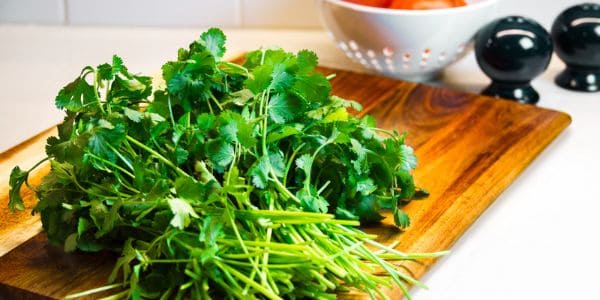
Cilantro is a widely available herb across all households. It is commonly used in Mexican and Asian cuisine as a garnish and ingredient as it gives the dish a nice freshness. The difference in taste between dill weed and cilantro is very subtle and can almost go unnoticed in some dishes, making it an excellent substitute.
Cilantro, however, has a more pungent smell than dill weed, so use it sparingly or combine it with other herbs to avoid overwhelming the dish. This herb is known to be a detoxifying agent and is rich in antioxidants, making it an excellent ingredient to use for health benefits.
How to substitute: You can use cilantro leaves in the same amount as the dill weed called for in the recipe.
8. Basil
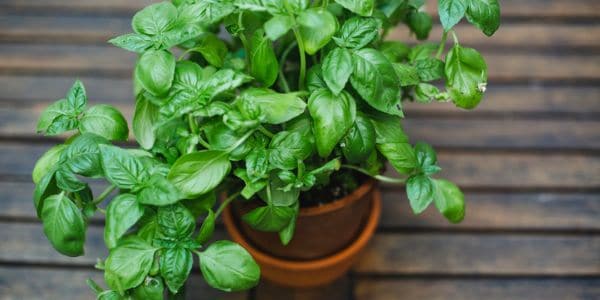
While we don’t suggest using basil in dishes where dill weed has a prominent part, it can suffice as a substitute in dishes where its flavor won’t be very noticeable. Basil has a sweet and peppery taste, which is quite different from the anise-like taste of dill weed. It is commonly used as a garnish or ingredient in Italian cuisine but can be used in other cuisines as well.
You can use both dried and fresh basil as a dill weed substitute, but keep in mind that the flavor of dried basil is more intense. On its own, basil carries a very pleasant aftertaste which makes it a very favorable herb.
How to substitute: You can use one teaspoon of dried basil or one tablespoon of fresh basil for every tablespoon of dill weed required in the recipe.
9. Caraway Seeds
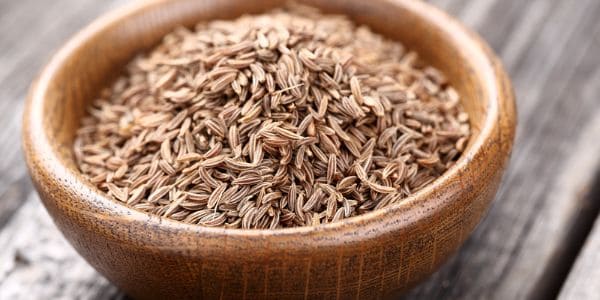
Caraway seeds are usually used as a spice in many dishes, but they can also be used as an herb. These seeds have a flavor similar to dill weed and are often used as a substitute for the same. The main difference between the two is that caraway seeds have a more pungent taste than dill weed.
If you’re a fan of the anise flavor, caraway seeds make for an excellent dill weed substitute; just remember not to use too much in one go. These seeds can be found fresh, dried, or ground and are easily available in any grocery store.
How to substitute: You can use one teaspoon of caraway seeds for every tablespoon of dill weed required in the recipe.
10. Garlic
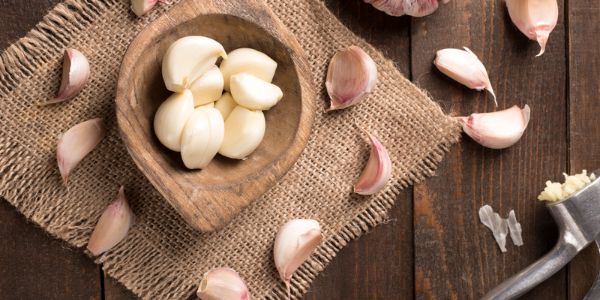
This may come off as a very odd choice, but garlic can be used as a dill weed substitute, though a very temporary one. If you’re in dire need of a dill weed substitute and don’t have any of the other herbs on this list, garlic can be your savior.
We suggest using garlic only as a last resort as its taste is quite different from that of dill weed but rest assured, many professional chefs have trusted this ingredient to get the job done. It will be better if you use it in powder form rather than adding the cloves as it is.
11. Dried Dill
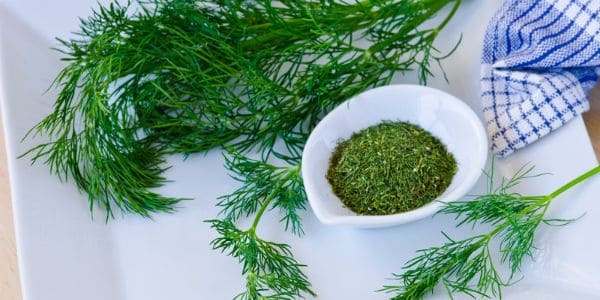
If you have dried dill on hand and are looking for a dill weed substitute, look no further. While the taste of dried dill is not as intense as that of fresh dill, it can be used in recipes where its flavor won’t be very noticeable.
The best part about using dried dill is that it is easily available and can be stored for a long time without losing its flavor, contrary to fresh dill weed. To use it, simply grind the dried dill into a powder and add it to the recipe according to your taste.
How to substitute: You can use one-third teaspoon of dried dill weed for every tablespoon of fresh dill weed required in the recipe.
These were some substitutes of dill weed we prefer using when we can’t make a last-minute run to the market. Most of them are often readily available or may be available at your neighbors!

